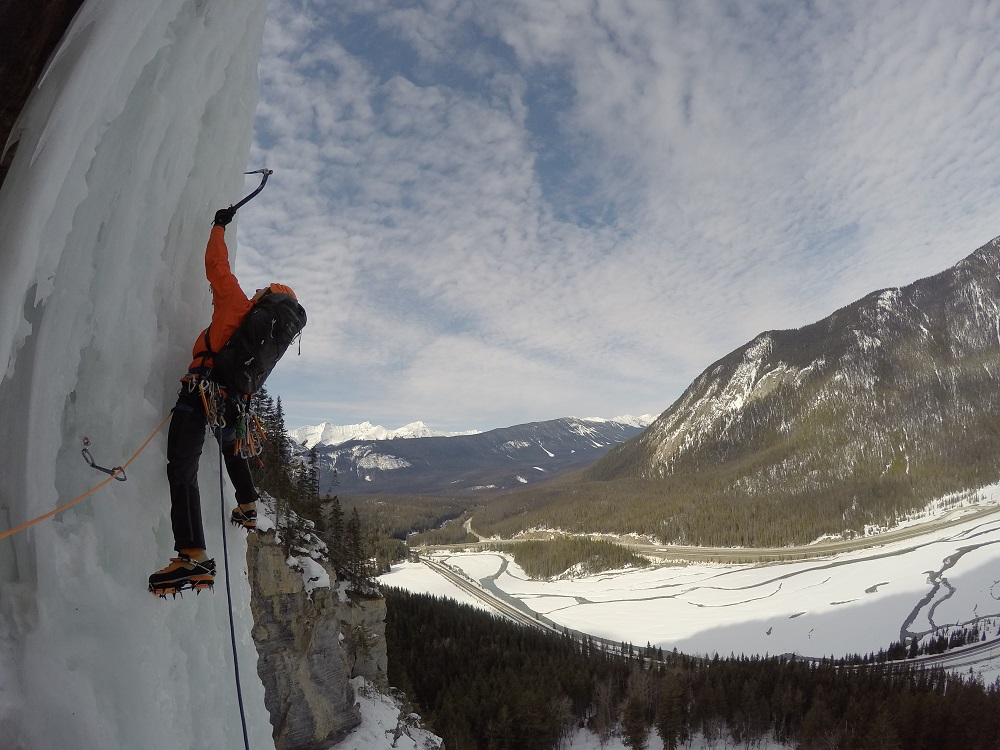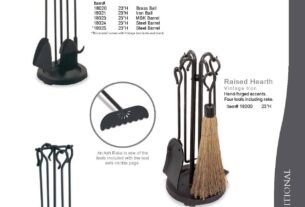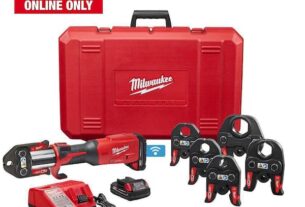Climbing glaciers can be a thrilling and awe-inspiring experience, but it’s also an activity that requires the right tools. With so many options on the market, choosing the right gear can be overwhelming. In this guide, we’ll take a look at the essential tools for climbing glaciers and what to consider when selecting them.
[h2]Ice Axes[/h2]
One of the most important tools for glacier climbing is the ice axe. These are designed to help you gain traction on ice and snow, as well as providing support on steep terrain. When selecting an ice axe, there are a few key factors to consider.
Firstly, think about your intended use. Will you mainly be traversing flat or gentle slopes, or do you plan to tackle more technical routes? This will determine the length and shape of your ice axe. For example, a shorter axe is ideal for flat terrain, while a longer one provides more leverage on steeper ground.
Another important consideration is the type of head. There are two main types: adze and hammer. Adze heads are designed for chopping steps in hard snow or ice, while hammer heads can be used for pounding in pitons or other anchors.
[h2]Crampons[/h2]
Crampons are another essential tool for glacier climbing. These attach to your boots and provide extra grip on icy surfaces. Like with ice axes, there are several factors to consider when selecting crampons.
Firstly, think about the type of boot you’ll be wearing. Crampons come in different sizes and designs to fit specific types of boots, so make sure you choose ones that are compatible with your footwear.
Next, consider the type of terrain you’ll be tackling. Different crampon designs work better on different types of snow and ice. For example, horizontal front points are good for flat terrain, while vertical front points are better for steeper slopes.
[h2]Harnesses[/h2]
A harness is an important safety tool for glacier climbing. This is what attaches you to the rope that your climbing partner will be holding onto. When selecting a harness, there are a few key factors to consider.
Firstly, think about the type of climbing you’ll be doing. If you’re only planning to do gentle glacier traverses, a lightweight and minimalist harness may suffice. However, if you plan to tackle more technical routes with steep drops, you’ll want something more robust and secure.
Another important consideration is fit. A harness needs to fit snugly around your waist and legs to prevent it from riding up or shifting in the event of a fall. Look for models that allow you to adjust the fit easily.
[h2]Ropes[/h2]
Climbing ropes are another essential tool for glacier climbing. These provide crucial support and safety when navigating steep and icy terrain. When selecting a rope, there are several factors to consider.
Firstly, think about the length. You’ll need a rope that’s long enough to span the distance between you and your climbing partner, as well as any tricky sections of terrain along the way. As a general rule, 60-70m ropes are suitable for most glacier climbs.
Next, consider the diameter. Thicker ropes are generally more durable and easier to handle, but they’re also heavier and bulkier. Thinner ropes are lighter and more compact, but they can be less durable and harder to grip.
Finally, look at the type of rope construction. Dynamic ropes are designed to stretch slightly under tension, which can help absorb shock in the event of a fall. Static ropes don’t stretch at all and are better suited for anchoring or rappelling.
[h2]Other Tools[/h2]
In addition to the above tools, there are a few other items that can come in handy when climbing glaciers. These include:
– Helmets: Protect your head from falling ice and rocks.
– Gaiters: Keep snow and debris out of your boots.
– Sunglasses: Protect your eyes from glare and UV rays.
– Backpacks: Carry all your gear and supplies.
[h2]Conclusion[/h2]
Climbing glaciers is an exhilarating activity, but it requires the right tools to do it safely and effectively. When selecting gear for glacier climbing, consider factors like intended use, terrain type, fit, and durability. With the right tools in hand, you’ll be ready to tackle some of the world’s most awe-inspiring landscapes.
References
– American Alpine Institute. “Glacier Travel & Crevasse Rescue.” The Mountaineers Books, 2009.
– International Mountain Guides. “Climbing Gear List.” https://www.mountainguides.com/wordpress/wp-content/uploads/2017/02/IMG-Climbing-Gear-List.pdf
– REI Co-op. “How to Choose Crampons.” https://www.rei.com/learn/expert-advice/how-to-choose-crampons.html




